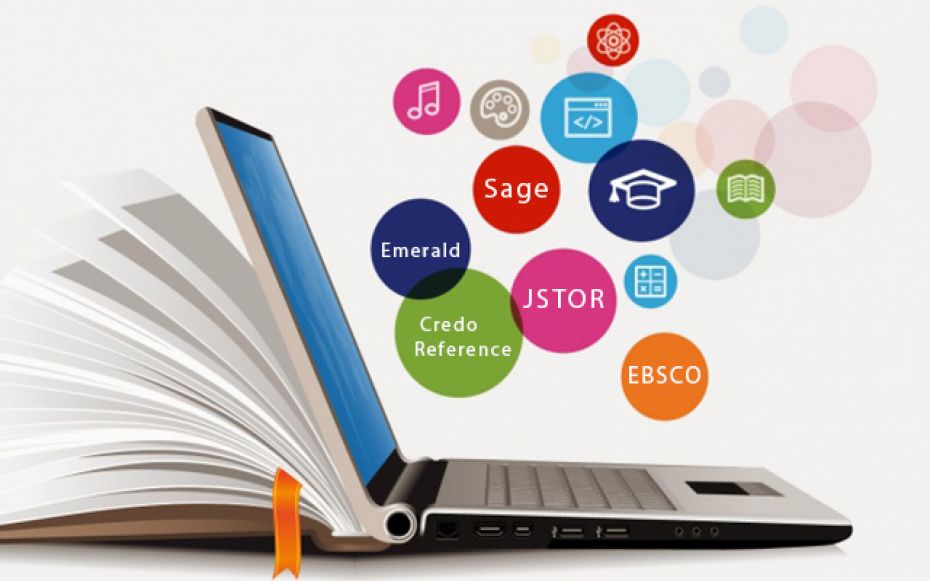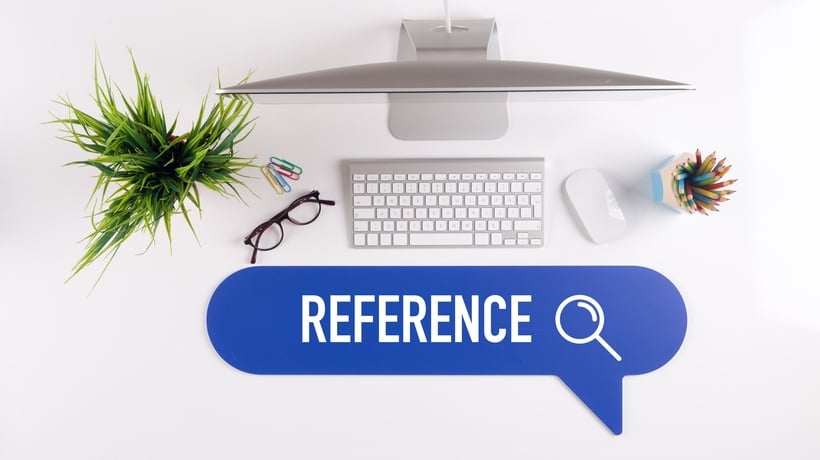

Online Library Instruction
Date: Wednesday, July 2, 2025
Time: 9:30am - 10:30am CST (Central Standard Time, US & Canada)
Online: Register HERE
This is an online meeting. Registration is required.
***
Want to know more about how to navigate the library website and utilize its resources and tools? This instructor-led online library instruction tutorial will walk you through the main functions of the library, and show you how and where to search. This is a great tool for online students who want a more in depth understanding of the library without having to visit the library.


Virtual Reference Help
(Ongoing)
Date: Schedule at least 24 hours in advance
Time: CST (Central Standard Time, US & Canada)
Campus: Remote Session (Zoom meeting)
Online: Make an Appointment
This is an online meeting. Registration is required.
****
Do you have reference questions or need help using library resources? Book a Zoom room to chat with one of our librarians! They can walk through the problem with you and even share your screen (if you get stuck).


Personal Librarian Program
(Ongoing)
Enroll: Information
****
The Personal Librarian Program pairs you with a BU Librarian to work with one-on-one throughout your academic career and answer questions about the research process.
Welcome to the Bellevue University guide for Library of Congress call numbers and classification. Resources include electronic books, journal articles, websites, and videos. In addition, there is a separate tab for more information on Library of Congress call numbers, and frequently asked questions.
You will be prompted for your BU Connect login when accessing library resources from off campus.
If you need further assistance, please contact the Library Reference Staff
A call number is a series of letters and numbers that help you locate a physical item on a library shelf.
College and University libraries use the Library of Congress Classification System (LC) to organize books, DVDs, and more. These call numbers group similar subjects together, which makes browsing easy. If you find a resource on a topic of interest, books nearby might also be of interest.
History: The Library of Congress was founded on April 24, 1800, by then U.S. President John Adams. However, the original collection was destroyed when the British burned the Capitol during the War of 1812. To rebuild the collection in January of 1815, Congress approved the purchase of former president Thomas Jefferson’s personal library. Jefferson’s library was divided into categories. However, by 1897, the library collection had grown to one and a half million volumes, and it was decided that the Jefferson classification system was no longer adequate. It was decided that none of the existing classification systems met the requirements of such a rapidly growing collection, and a new system needed to be created. This new system was to be called the Library of Congress Classification (LC), and James Hanson, the head of the Catalog Division, and Charles Martel, the library’s Chief Classifier, were assigned to invent it. They became known as the two fathers of the Library of Congress Classification.
Tip: Not all books on a topic will be in the same section. Some topics may cross several disciplines and be shelved in different areas. For example, "women artists" might be located under women's studies, fine arts, history, and more, so check multiple sections.
BELLEVUE UNIVERSITY INFORMATION LITERACY DEVELOPMENT
INTERACTIVE TUTORIAL
http://library.bellevue.edu/find/tutorials/build-it/
BUILD IT is an online guide to the Bellevue University Library and all its resources and services. It is made up of five self contained modules, each followed by an interactive quiz. Go through BUILD IT from beginning to end or start at the Site Map using just the pages you need. Click on the link above or on one of the modules below, or look for BUILD IT in the left menu of the library homepage under Tutorials.
Module One: Getting to Know the Bellevue University Library
An overview of library resources and services and introduction to the library homepage.
Module Two: Planning Your Project
The steps involved in planning your research paper: Includes focusing your topic, outlining, identifying keywords, Boolean searching, and more.
Module Three: Locating Information
Finding and evaluating information, including books, eBooks, articles, and websites. Includes sample and interactive database searches.
Module Four: Citing Your Sources
Covers the basics of plagiarism, citation, and copyright.
Module Five: Putting it all together
How to organize your research into a formal paper, includes note taking, revising, and formatting.